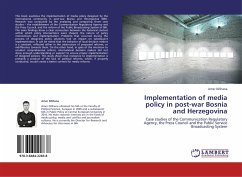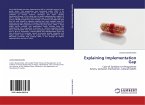Residue Number System (RNS), which originates from the Chinese Remainder Theorem, offers a promising future in VLSI because of its carry-free operations in addition, subtraction and multiplication. This property of RNS is very helpful to reduce the complexity of calculation in many applications. A residue number system represents a large integer using a set of smaller integers, called residues. Cost and speed not only depend on this word length, but also the selection of moduli, which is a crucial step for residue system. This parameter determines bit efficiency, area, frequency etc. In this book the special moduli set is used to construct a residue system for digital signal processing environment. Subsequently, it is theoretically proved and illustrated using examples, that the proposed design of recursive and nonrecursive filter design gives results which can be implemented in other fields where high speed computations are required.
Bitte wählen Sie Ihr Anliegen aus.
Rechnungen
Retourenschein anfordern
Bestellstatus
Storno








